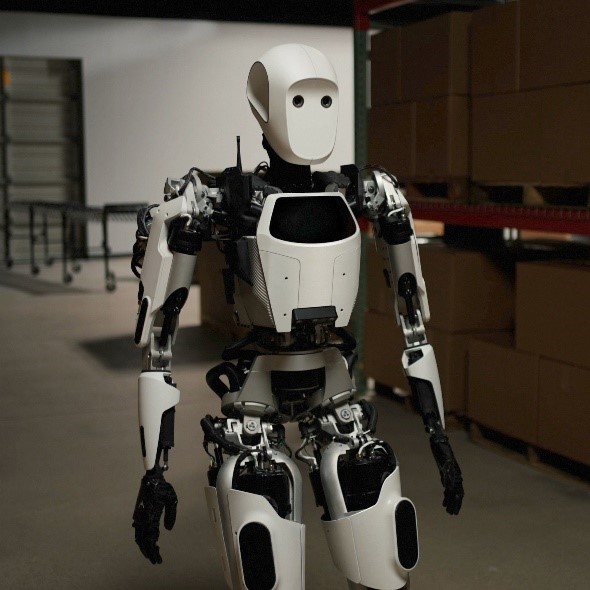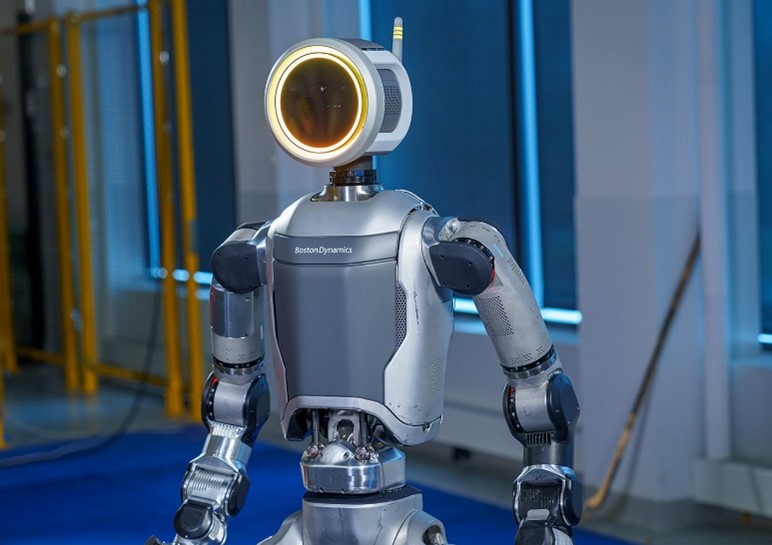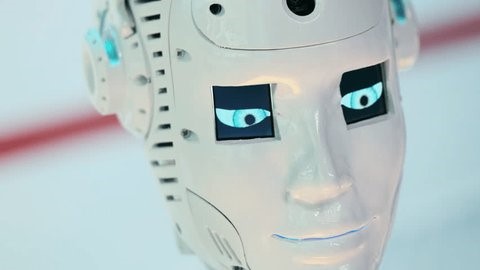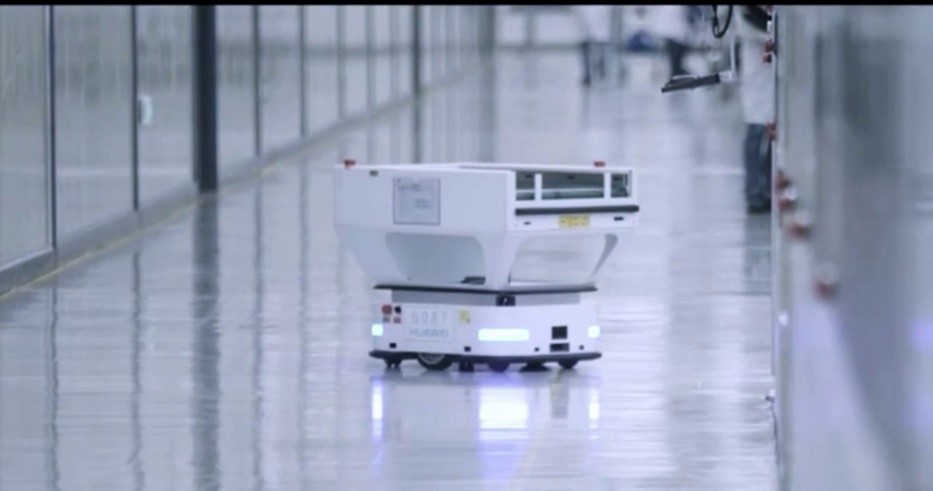
Okay, we’ve all heard about how mobile robots are getting faster, right? But let’s take a moment to dive into what this transition means for the industry. From plodding along in warehouses to zipping through city streets, the speed increase isn’t just about going fast—it’s about transforming the way robots interact with our world.

First, why do we need faster robots? Well, speed translates to efficiency. In logistics, for instance, quicker robots mean faster order fulfillment, which keeps up with the Amazon Prime world we’re living in. Plus, a faster robot can mean the difference between life and death in settings like search and rescue.

But increasing speed isn’t just about swapping out motors. It’s a complex process that involves several components working in harmony.
Let’s start with the heart of the robot—the power system. Low-speed robots could get away with simpler batteries, but high-speed bots require something more robust. Solid-state batteries are stepping up to the plate with higher energy density, meaning more power without the bulk. And don’t forget about energy recovery systems, like regenerative braking, which recycle energy to extend battery life. Because who wants to recharge every five minutes?
Next up is the processing power. High-speed robots need to think on their feet—or wheels. This means that powerful processors, maybe even GPUs, need to handle complex algorithms in real-time. Edge computing is a buzzword here because it brings data processing closer to the source, reducing latency. So, robots can make split-second decisions without waiting for the cloud.

Now, let’s talk about the algorithms orchestrating these machines. Traditional path-planning algorithms like A* and Dijkstra are classics, but they’re not exactly speed demons. Enter deep reinforcement learning and other AI-powered algorithms that allow robots to make decisions autonomously and optimize paths. This isn’t just about finding the shortest path anymore—it’s about anticipating and reacting to dynamic environments.
With speed comes responsibility—safety, that is. Advanced perception systems are mandatory. Lidar, cameras, and radar work in tandem to give robots a 360-degree view of their surroundings. With pedestrian detection and collision avoidance systems, these robots are designed to minimize accidents. Rain and snow can interfere with Lidar signals, so robots need redundant systems or better sensors that can pierce through adverse conditions.

All these components—power, processing, algorithms, and safety—must work seamlessly together. Integration is the name of the game. Robots must have efficient power distribution to support high-speed operations without overheating. Cooling systems might even come into play to prevent hardware meltdowns.
So, where are we seeing these high-speed mobile robots in action? Warehouses are obvious, with robots shuttling goods faster than ever. But let’s not stop there. Agriculture is another frontier. Robots can zip through fields, monitoring crops, watering, or harvesting with precision. And emergency response? A fast robot can scout disaster sites ahead of rescue teams, identifying hazards and survivors alike.

Looking ahead, the trend toward faster mobile robots will only accelerate. As battery tech improves and AI becomes more sophisticated, we’ll witness robots not just moving faster but also understanding their environment better. This fusion of speed and intelligence will usher in a new era of robotics, transforming industries and maybe even our daily lives.
In conclusion, the evolution from low-speed to high-speed mobile robots is a testament to human innovation. But it’s not just about going fast; it’s about integrating all the pieces—power, processing, algorithms, and safety—to create a harmonious system. As we cheer on these robotic speedsters, let’s also acknowledge the incredible engineering feats that make them possible.
©Copyright 2023 Zhejiang MRDVS Technology Co.,Ltd.
浙ICP备2023021387号-1